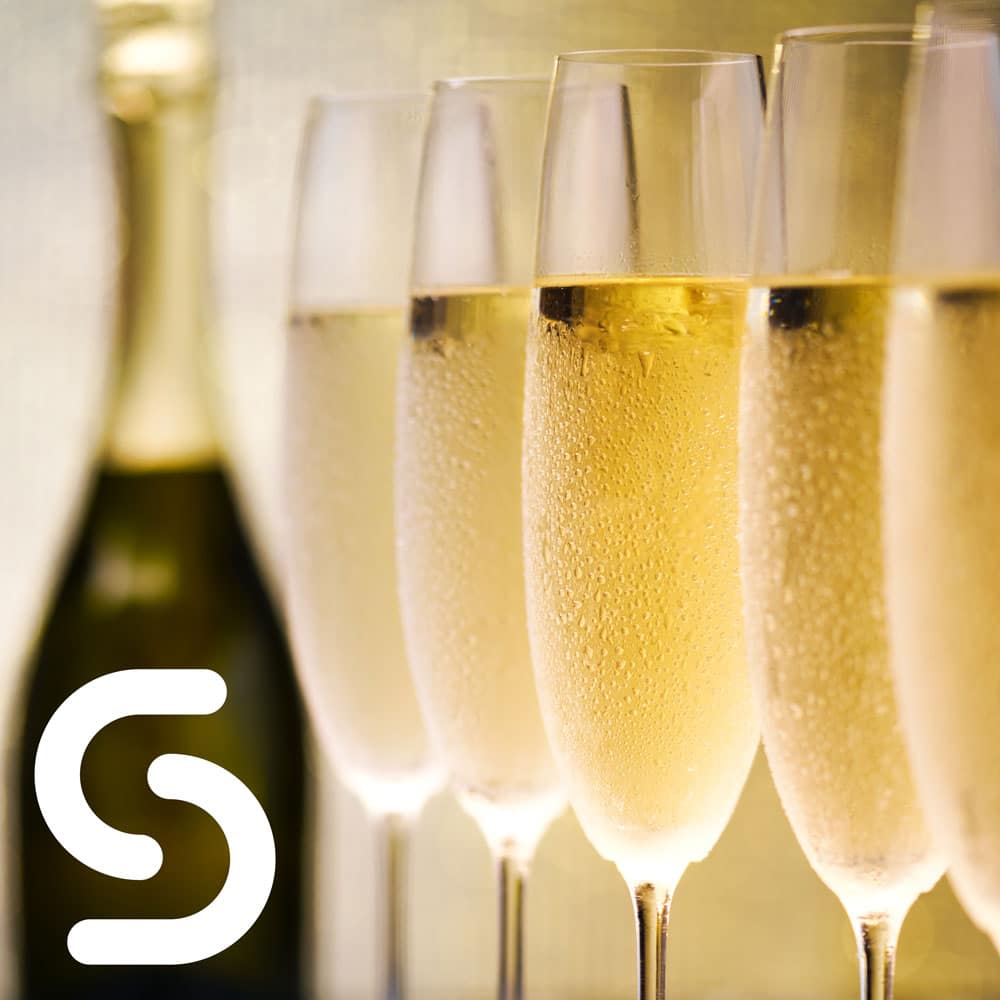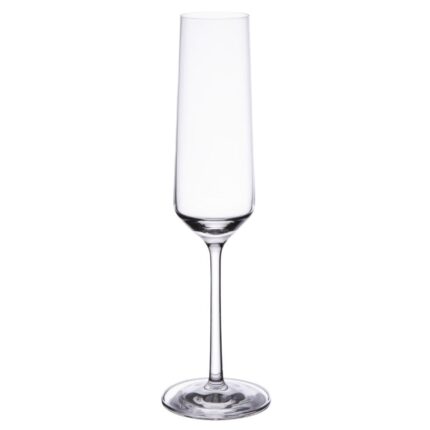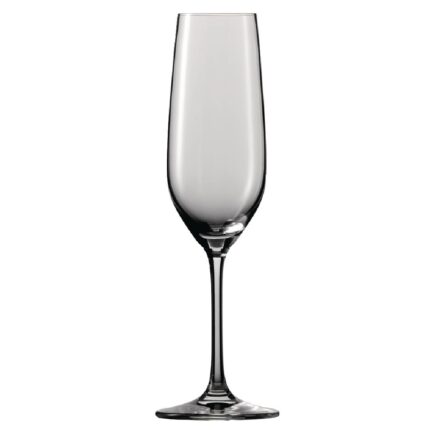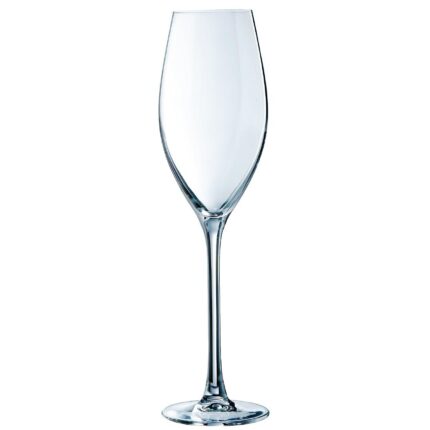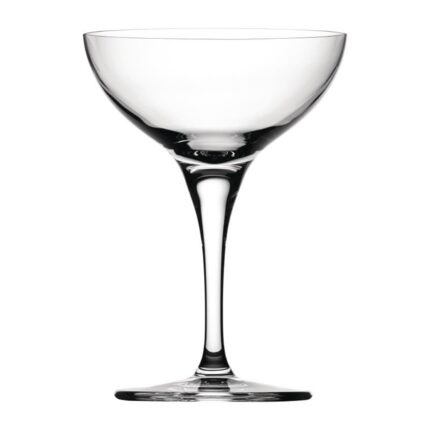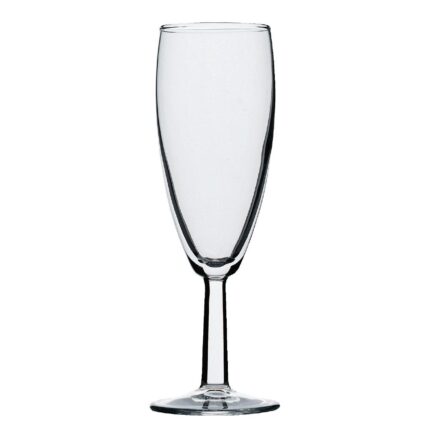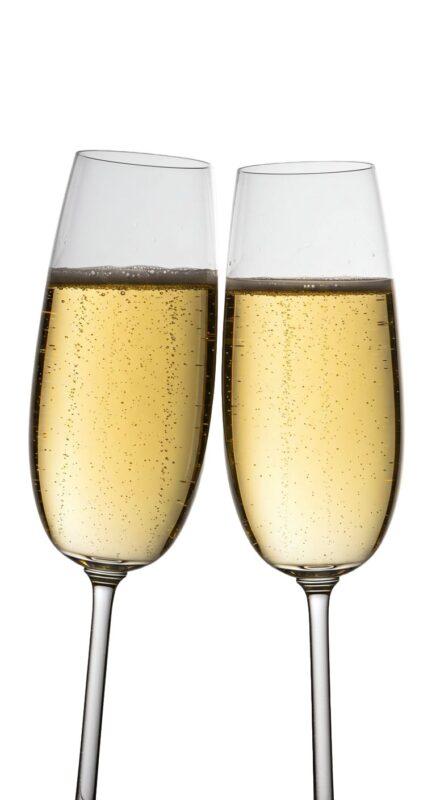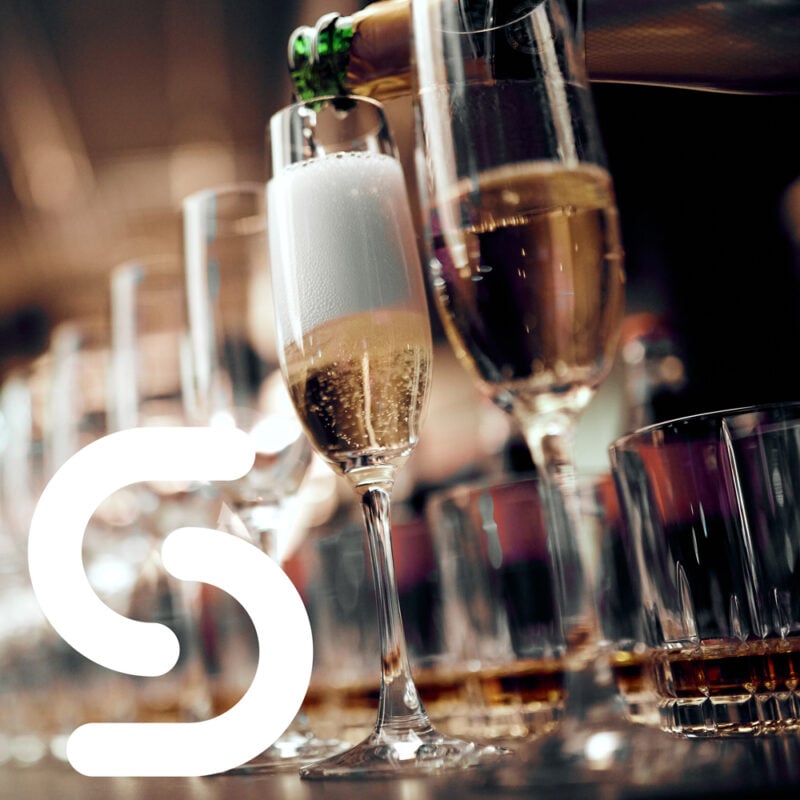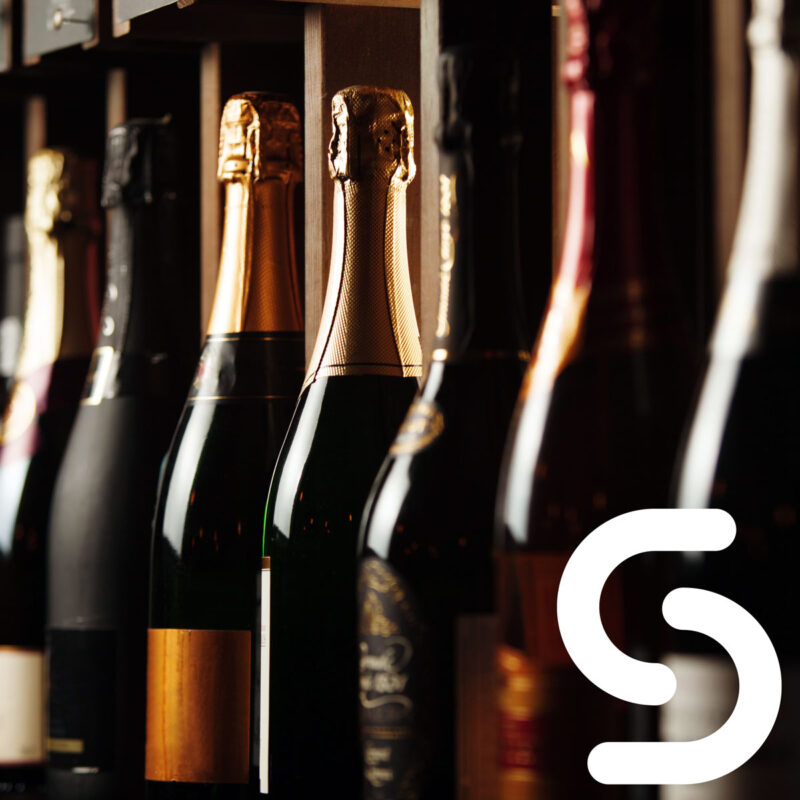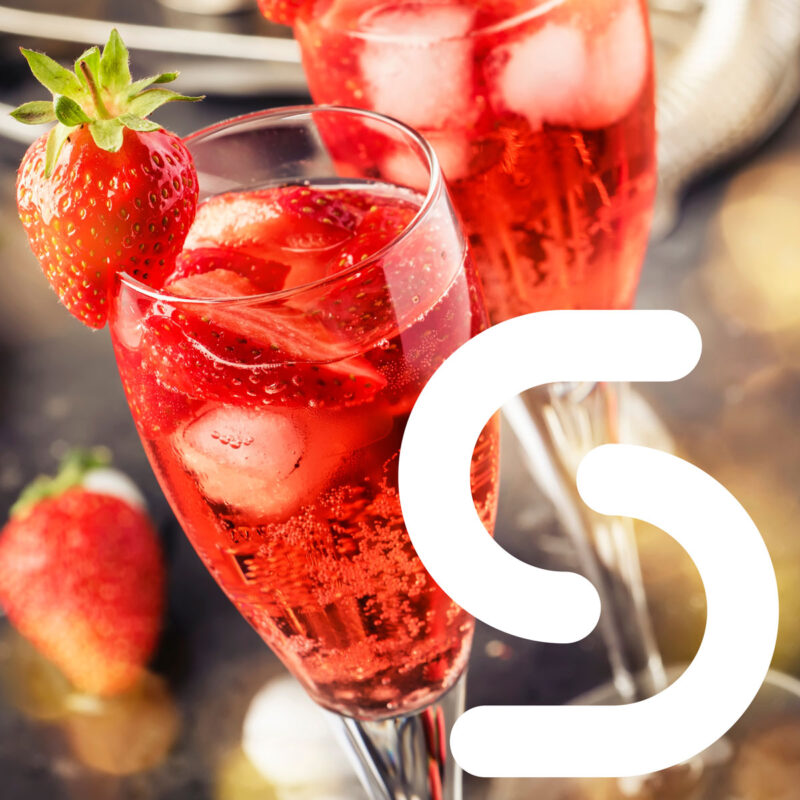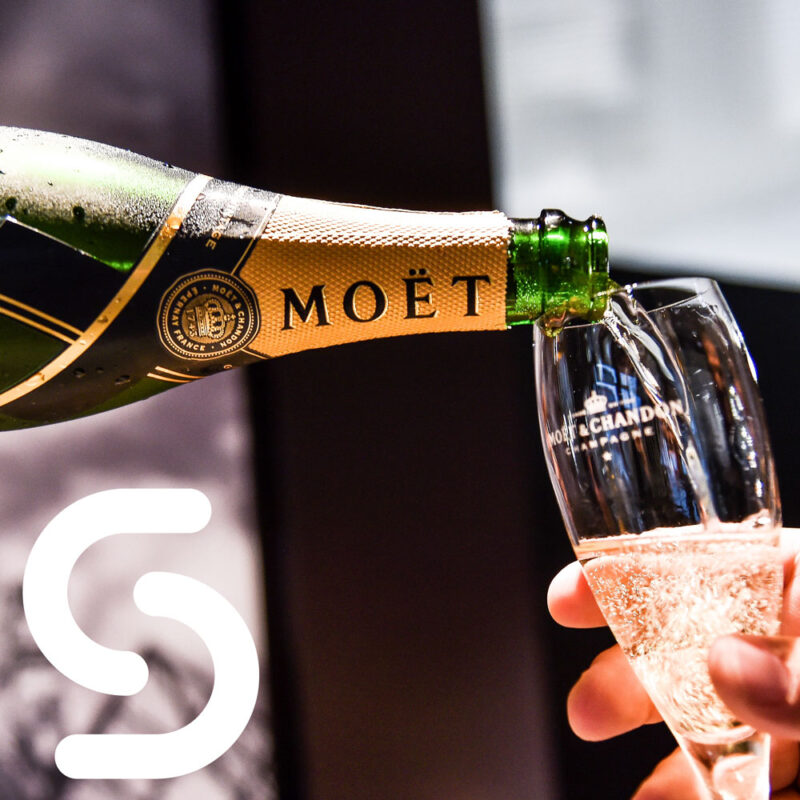Champagne is one of the most celebrated drinks in the world. It has become a symbol of luxury and celebration, and it’s a popular choice for special occasions such as weddings, graduations, and New Year’s Eve parties. But what makes champagne so special? Part of the answer lies in the bubbles that give it its signature effervescence. Here we will explore the science behind champagne bubbles and how they affect the taste and aroma of this popular drink.
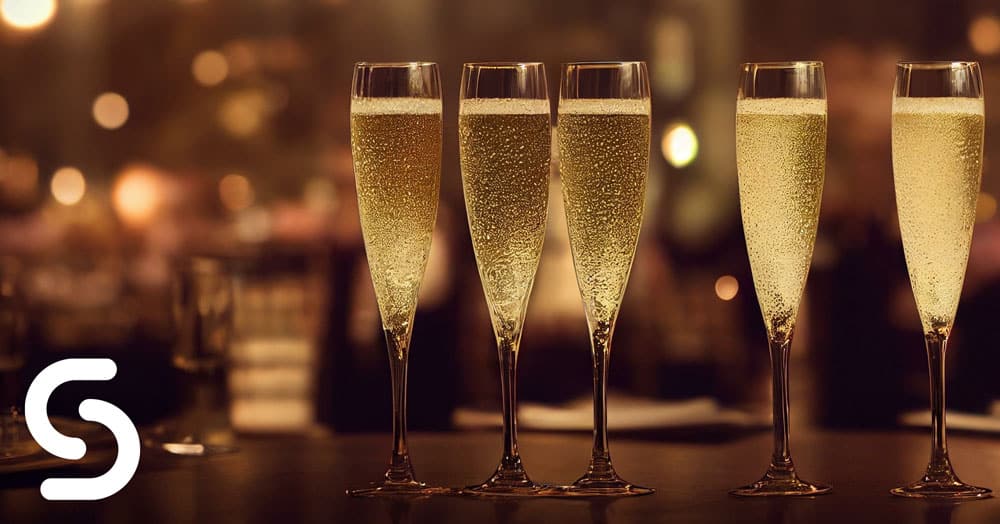
What is Champagne?
Champagne is a sparkling wine made exclusively in France’s Champagne region. It is made from a blend of three grapes: Chardonnay, Pinot Noir, and Pinot Meunier. The wine is fermented twice, first in barrels and then in bottles, where the bubbles are created. The carbon dioxide produced during the second fermentation is trapped in the bottle, creating the effervescence that champagne is known for.
Several types of champagne are classified based on the amount of sugar added to the wine after the second fermentation. The driest kind of champagne is Brut, which has less than 12 grams of sugar per litre. Extra Brut and Brut Nature have even less sugar, while Extra Dry, Sec, and Demi-Sec have increasing amounts of sugar.
Once ready to serve, the champagne is served into Champagne flutes or Champagne glasses. This style of glassware is designed to enable the consumer to experience the full flavour of the wine.
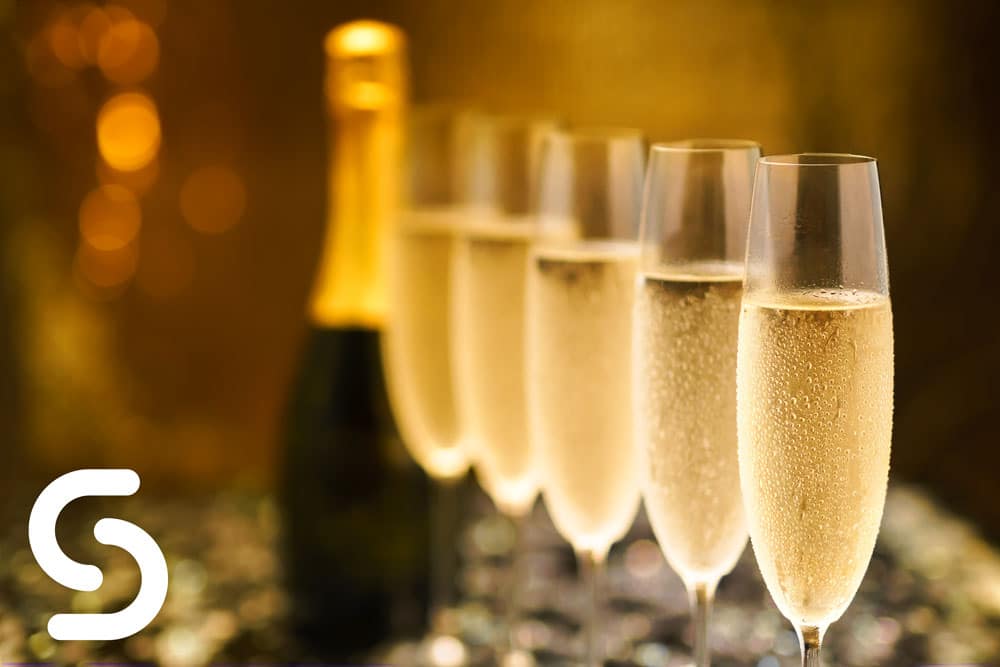
What causes bubbles in champagne?
In the case of champagne, carbon dioxide is produced during the second fermentation process, as explained above. The bubbles in glasses of champagne are created by a process called effervescence. Effervescence occurs when carbon dioxide is released from a liquid and forms bubbles.
A reaction between yeast and sugar creates carbon dioxide in champagne. The yeast consumes the sugar and produces alcohol and carbon dioxide as byproducts. In most wines, the carbon dioxide is allowed to escape during the fermentation process. But in champagne, the wine is bottled before the second fermentation, which traps the carbon dioxide in the bottle.
The pressure inside the bottle also plays a role in bubble formation. The pressure in a champagne bottle is typically between 5 and 6 atmospheres, much higher than the atmospheric pressure at sea level (1 atmosphere). This high pressure causes the carbon dioxide to dissolve into the wine, which creates even more bubbles.
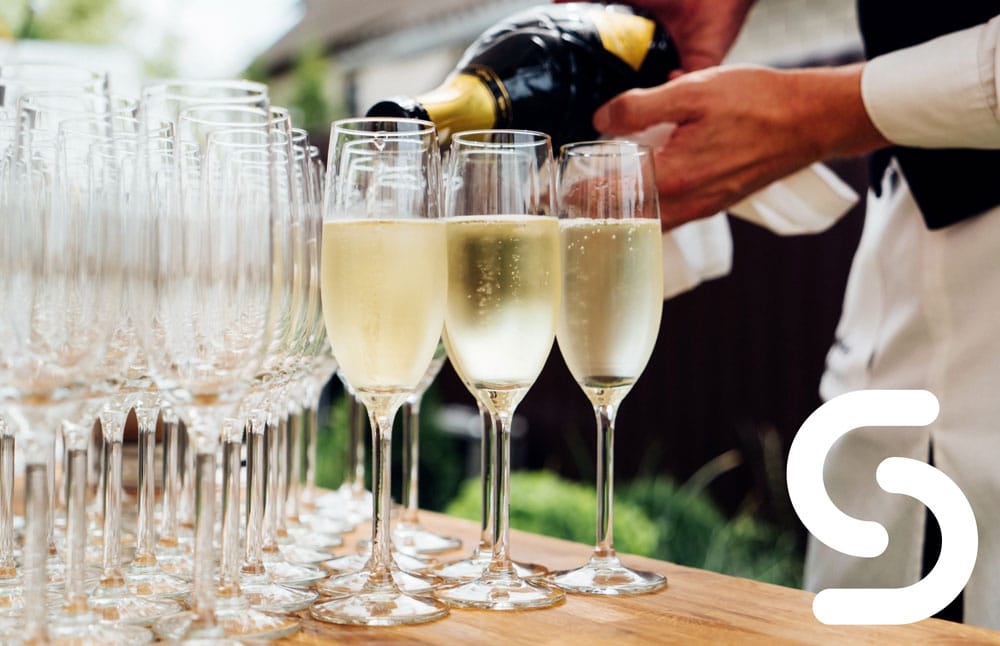
The bubble dynamics of champagne
The bubbles in champagne are more than just a visual spectacle; they also play a significant role in the taste and fragrance of the wine. The bubbles’ size and distribution can affect wine tastes and smells.
The size of the bubbles in champagne can vary depending on several factors, including the temperature of the wine, the pressure inside the bottle, and the size of the nucleation sites (which are minor imperfections on the surface of champagne glasses where bubbles can form). The bubbles in champagne are typically tiny and delicate, which creates a creamy, velvety texture in the wine.
The distribution of bubbles in champagne glasses can also affect the wine’s flavour and smell. Bubbles concentrated in the centre of the glass can create a more intense fragrance, while bubbles evenly distributed throughout champagne glasses can create a more balanced taste.
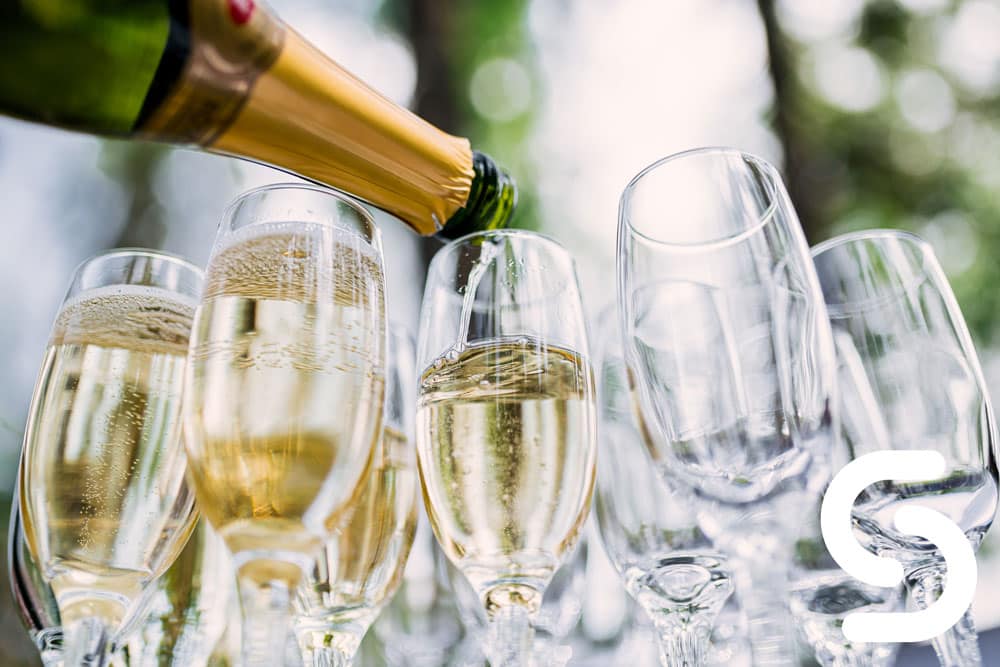
The art of pouring Champagne into Champagne Flutes
Pouring champagne & other sparkling wines is an art form in itself, and it’s vital to get it right to appreciate the wine’s taste and aroma fully. Here are some tips for pouring champagne:
- Chill the champagne to the ideal temperature between 45-50 degrees Fahrenheit or 7-10 degrees Celsius.
- Hold the bottle at a 45-degree angle and gently twist the cork to release it.
- Pour the champagne into a clean, dry champagne flute, tilting the glass slightly to avoid a rush of bubbles.
- Allow the bubbles to settle briefly before filling the glass. This will help release the wine’s aromas.
- If you’re pouring for a group, try to pour a consistent amount in each glass to ensure everyone gets an equal share of champagne.
It’s also essential to store champagne correctly to ensure that it stays fresh and bubbly. Champagne should be stored in a cool, dark place, ideally on its side, to keep the cork moist. If the cork dries out, it can let air into the bottle, which can cause the wine to go flat.
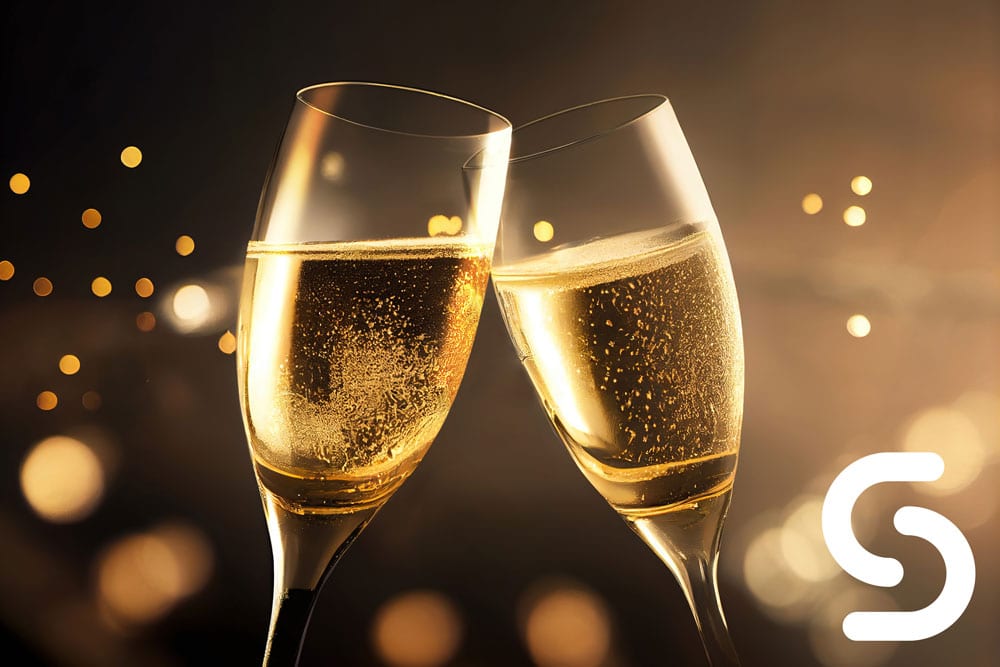
Now you have been educated…
Understanding the science behind champagne bubbles can help you appreciate this drink even more. From the process of effervescence to the behaviour of bubbles in the glass, there is a lot to consider when it comes to champagne. It can also help to understand how a champagne flute is made.
Whether celebrating special occasions or enjoying a glass of bubbly with friends, taking the time to pour and enjoy champagne correctly can make all the difference. So next time you toast with a glass of champagne, take a moment to appreciate the bubbles that make it so unique.
With 20 years of experience in the hospitality sector, Smart Hospitality Supplies has a specially selected champagne flute and glassware collection ideal for any event or venue. Contact us today to discover the various ranges in stock and available on next-day delivery.
